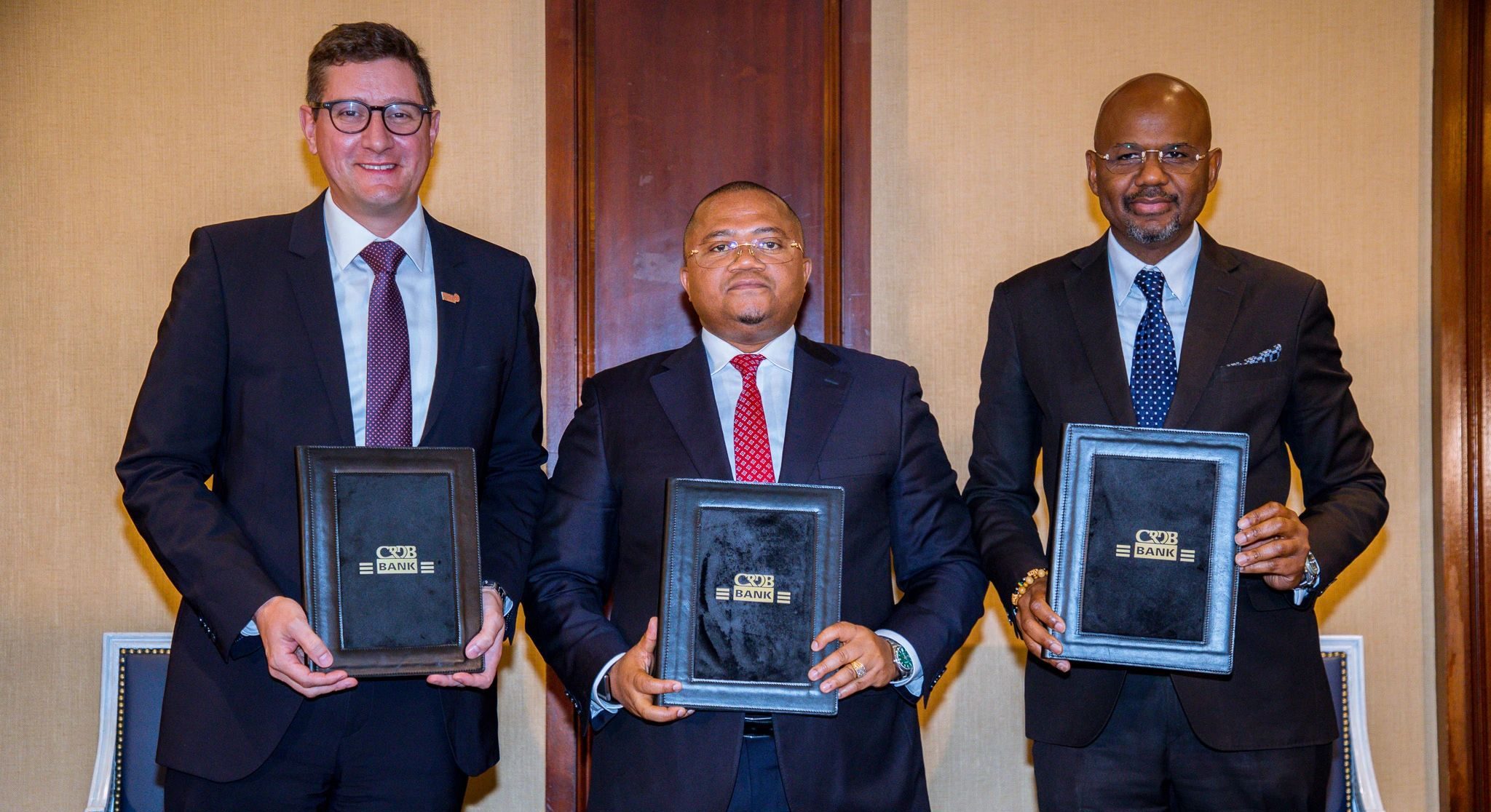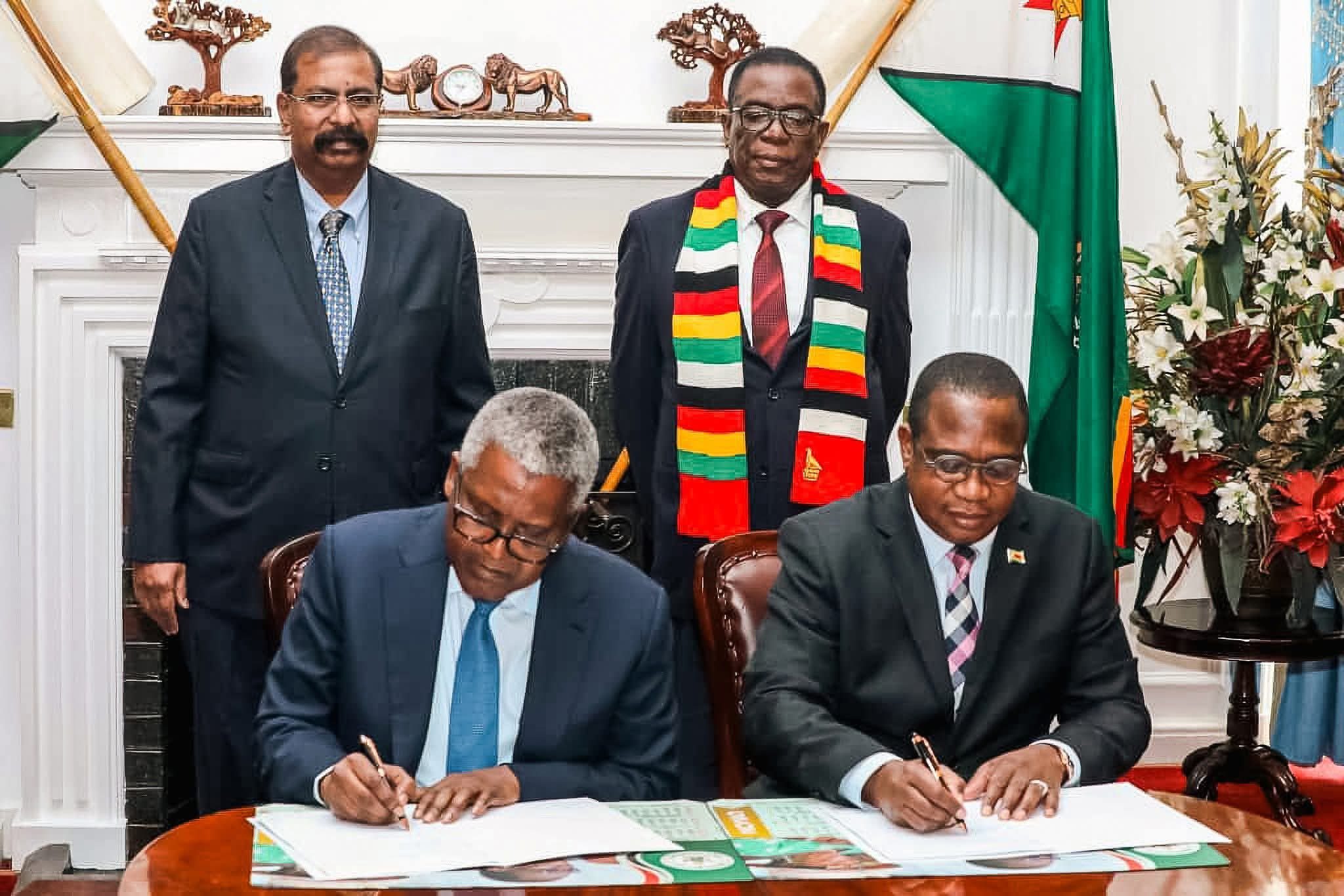
Monday 31st March 2025

非洲记者报道
When Tanzanian businessmen began expanding across borders, few anticipated Nairobi would become one of their favourite ports of call. But over the last six years, that’s precisely what has happened — a quiet yet potent shift that speaks volumes about regional economic realignments within the East African Community (EAC).
Since 2018, Tanzanian investors have channelled over $72 million into Kenya, anchoring their presence in sectors ranging from energy and manufacturing to finance and logistics. This wave of investment, data from the EAC Secretariat shows, eclipses contributions from other EAC members, including Uganda and Rwanda, and signals a more strategic play by Tanzania’s private sector in East Africa’s largest economy.
Yet, this rising tide of investment contrasts sharply with the simmering tensions between Nairobi and Dodoma. Beneath the surface of business expansions and high-level acquisitions lies a history of trade friction—often spurred by non-tariff barriers (NTBs) that have tested the very spirit of regional integration. Just last year, a high-level meeting between President Samia Suluhu Hassan and President William Ruto committed to untangling 14 such NTBs. But only a handful saw closure.
Still, the allure of Kenya’s economy remains. Tanzanian heavyweights, among them billionaire Rostam Aziz, are doubling down. Through Taifa Gas, Aziz is building a massive 30,000-tonne LPG terminal in Mombasa, a project worth over $130 million. Ally Awadh, another major player from Dar, has not only expanded fuel storage facilities but also acquired retail operations in Kenya, making strategic moves that weave the Tanzanian business footprint into Kenya’s industrial fabric.
Even as trade officials continue to parse rules and levy retaliatory tariffs—such as Dodoma’s recent 25% duty on Kenyan eggs and dairy—the business class is forging ahead. The logic is simple: political rhetoric may be seasonal, but economic opportunity isn’t.
Interestingly, while Kenya remains a magnet for Tanzanian capital, Nairobi’s own investment into the region has dwindled. In 2023, Kenyan intra-EAC investments plunged to just over $1 million—a steep fall from previous years, raising questions about Nairobi’s strategic posture in regional trade and capital diplomacy.
On the other side of the coin, Uganda and Burundi, despite their smaller economic footprints, are building momentum. Burundi, in particular, saw an extraordinary leap—from just under $2 million in 2022 to over $150 million last year, a reminder that investment stories in East Africa are anything but linear.
This evolving interplay of capital, policy, and politics across the region speaks to a larger theme: the East African Community is maturing, but unevenly. Kenya may be the market of choice, but it is also a theatre of contradiction—a place where economic openness meets protectionist reflexes, and where regional aspirations still wrestle with domestic insecurities.
Tanzanian investors, undeterred, continue to test that paradox. And for now, they appear to be winning.


